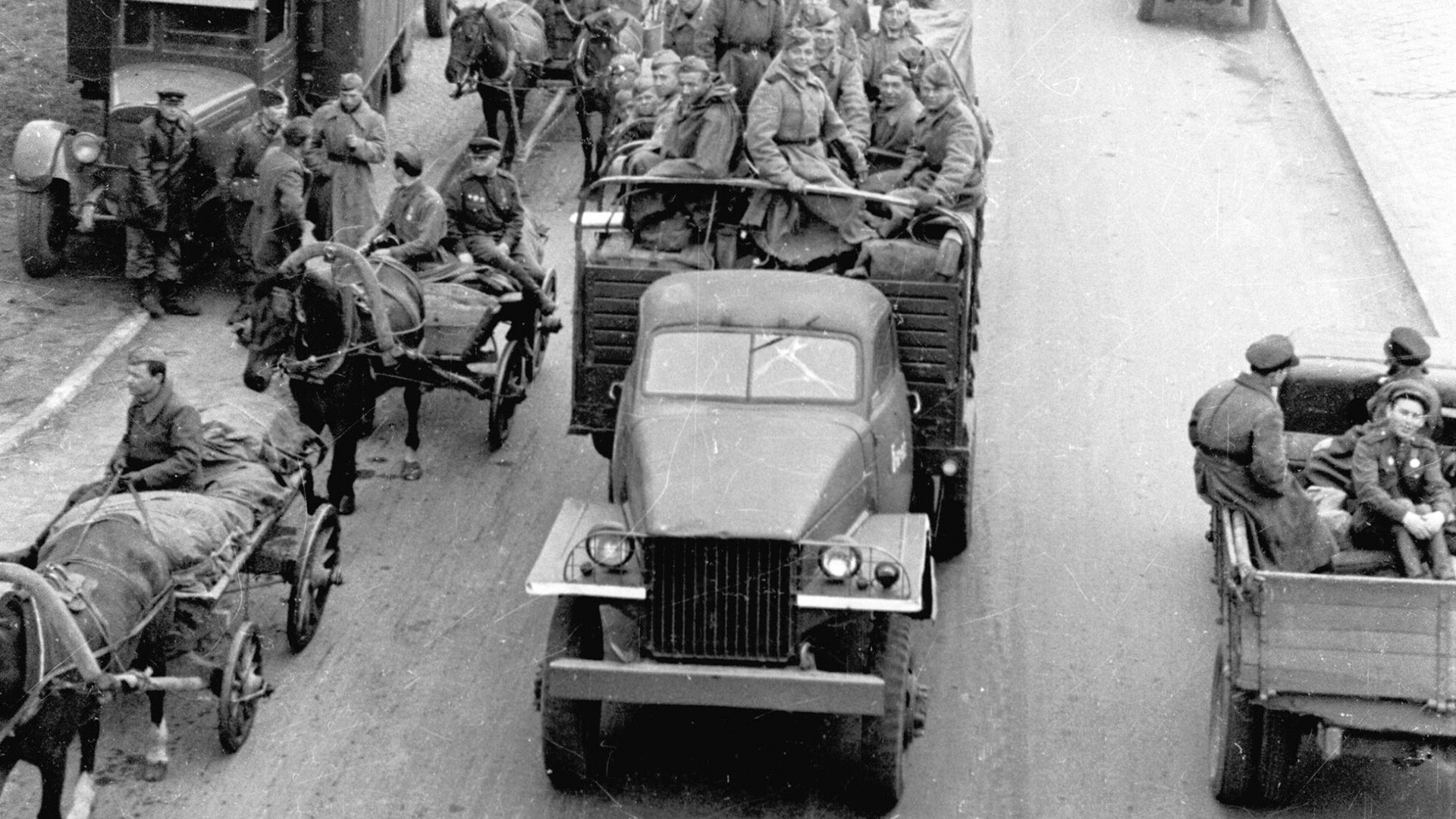
At the beginning of the Wehrmacht's invasion of the USSR, the situation with motor transport in the Soviet army was close to catastrophic. The Red Army had about 280,000 trucks, which amounted to only a third of the required wartime level.
The initial mobilization of transport vehicles from the civilian sector proceeded extremely slowly and, moreover, they often arrived faulty and incompletely fitted out. In addition, as industry switched to the production of military equipment, there was not enough capacity to produce trucks.
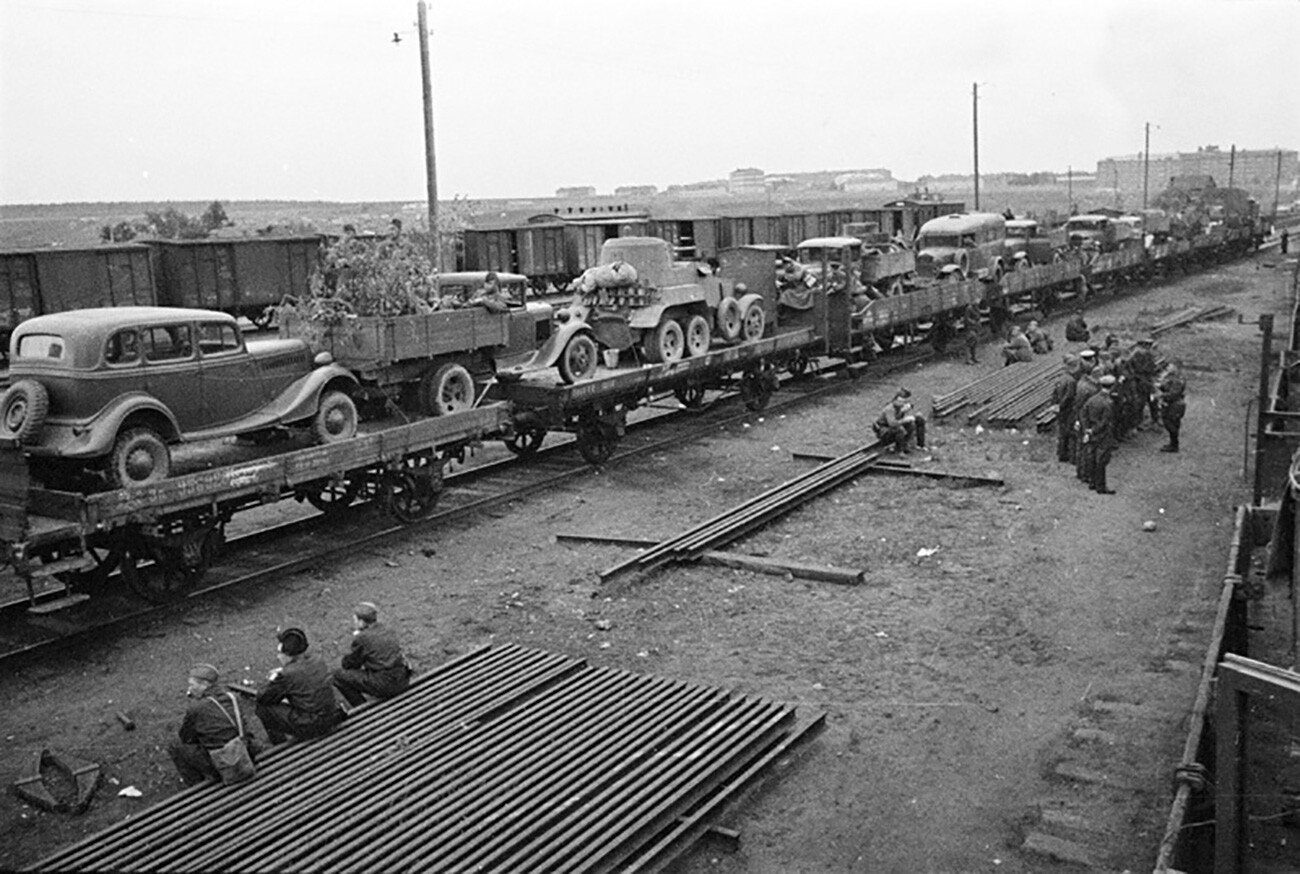
An equipment is being sent to the front.
Archive photoThere was a danger that the acute shortage of GAZ, ZIS and Yag trucks for transporting personnel and artillery, as well as food and ammunition, could lead to a sharp decline in the mobility of Soviet troops.
It was then that the U.S., Britain and Canada came to the rescue of their ally. Over the entire remaining period of the war, they sent the USSR about 400,000 trucks, prime movers, repair and recovery vehicles and army utility vehicles, as well as amphibious vehicles.

Soviet GAZ-AA truck.
Archive photoFrom 1941 until the very end of the war, Chevrolet, Ford, Dodge and Studebaker trucks, the U.S. Army's main cargo truck, the GMC ‘CCKW’ (nicknamed ‘Jimmy’), Diamond T prime movers and other vehicles arrived from overseas and entered service in the Red Army.
Red Army soldiers liked the Western vehicles. The trucks were notable for their reliability, comfortable seated cabins that kept out the draft, even in the cold of winter, for being easy and convenient to drive and for their powerful engines and high cross-country ability.
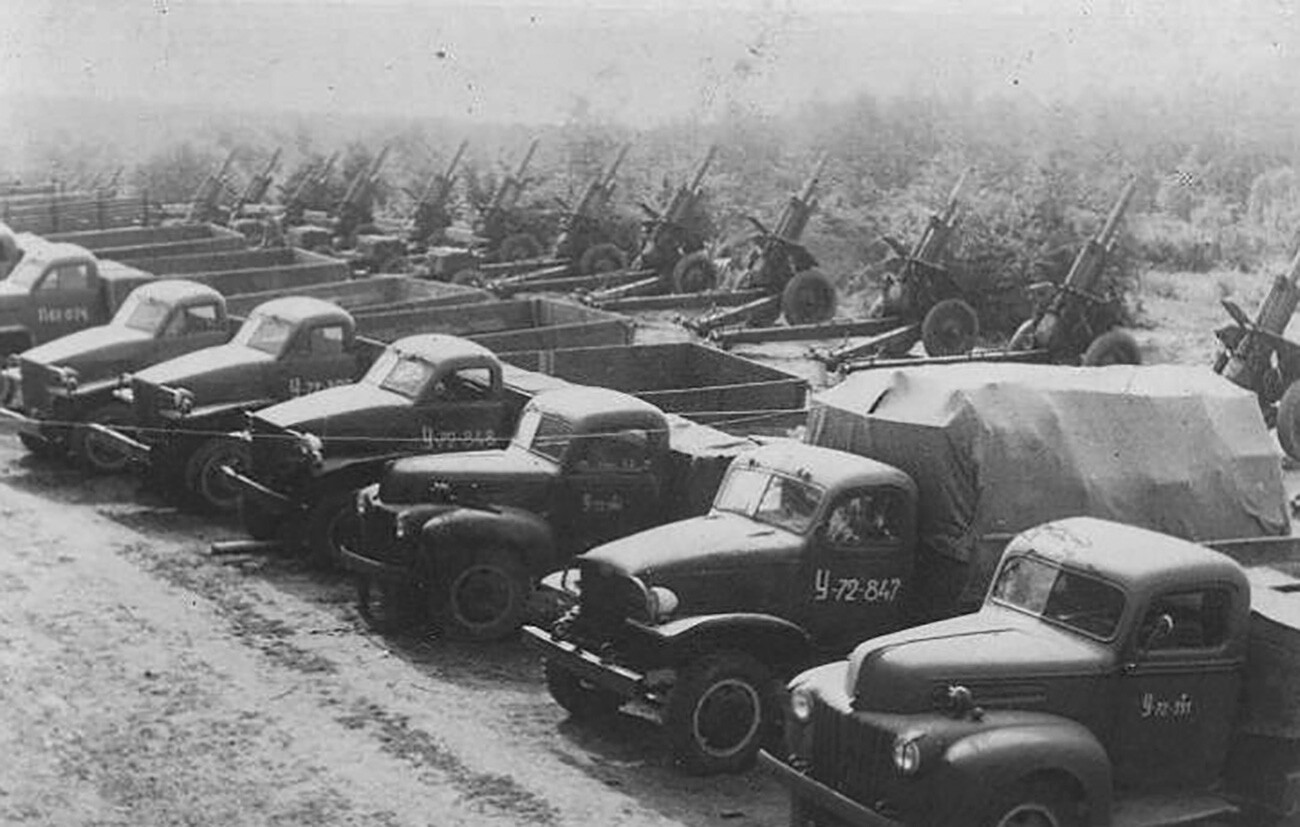
Lend-Lease vehicles.
Archive photo"Our ZIS trucks were two-axled and stalled when the road was bad. But, the Studebakers were all-terrain vehicles with both front and rear wheel drive. They were also more maneuverable," recalled Pavel Gurevich, a lieutenant in a mortar battalion.
Anti-aircraft gunner Pavel Gladkov, in turn, asserted that even on highly rain-sodden and clayey ground, "our Chevrolets sailed along like ships".
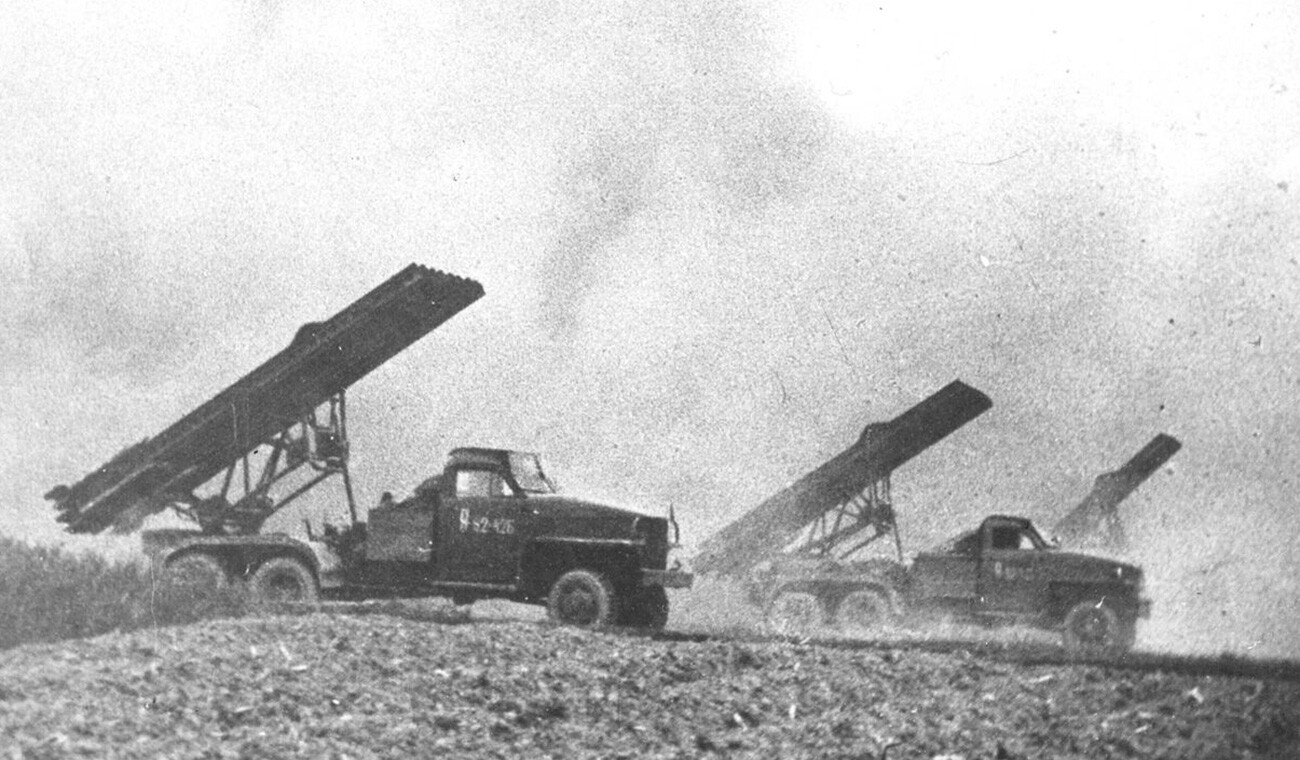
BM-13N rocket artillery on Studebaker US6 truck.
Archive photoThe Western vehicles also had their share of shortcomings. The engines of the Chevrolets were too weak to carry BM-13 ‘Katyusha’ rocket launchers in off-road conditions. Furthermore, the frames of these trucks could not support their weight.
Some Soviet servicemen complained that the Ford-6's wheels began to spin at the slightest sign of mud. In addition, a general feature of all the Lend-Lease trucks was their need for high-grade fuel and lubricants, something that created problems for Soviet troops.
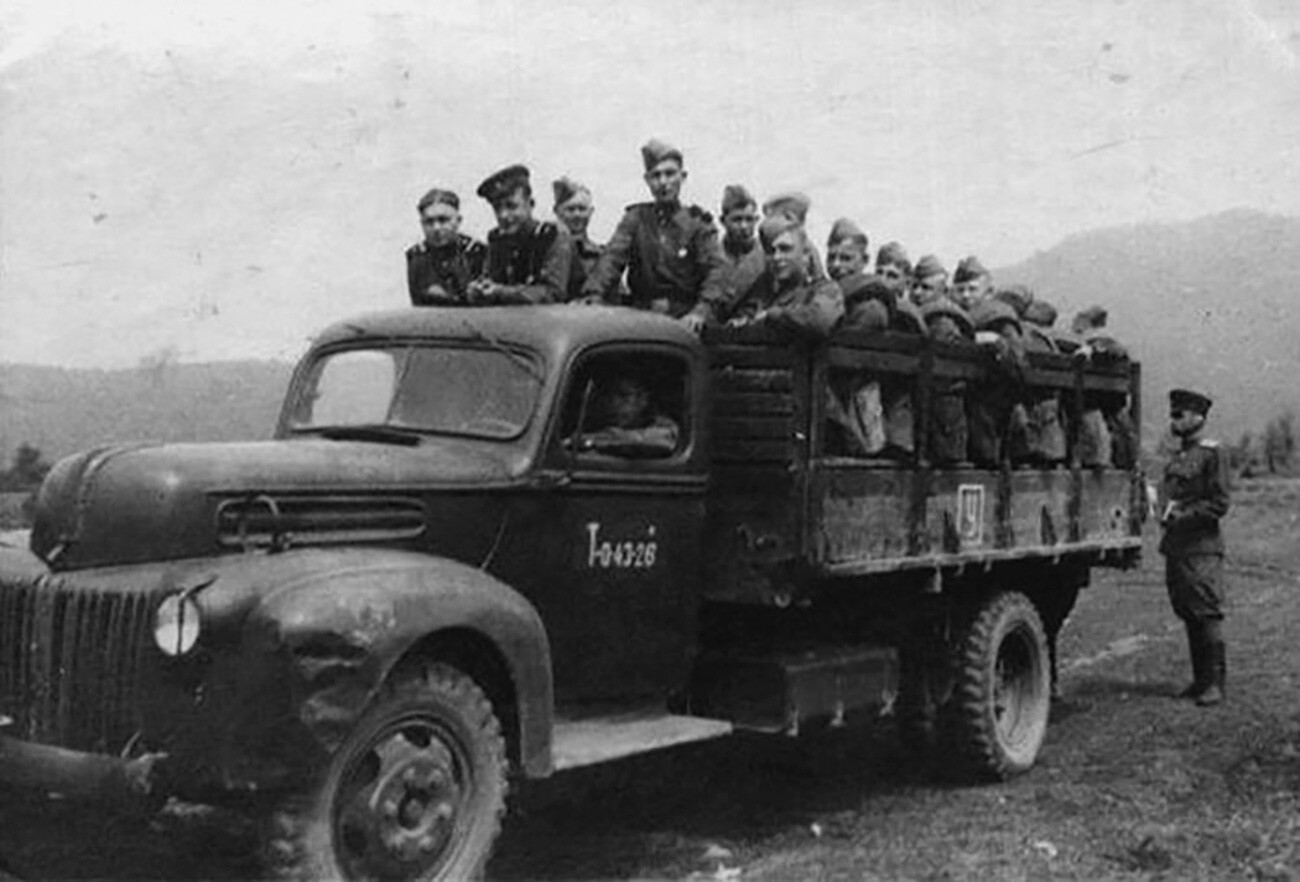
Ford-6 truck.
Archive photoThe most numerous (around 200,000) and most popular American truck in the Red Army was the Studebaker. The vehicles were used for towing guns of up to 150-mm caliber, transporting cargoes and personnel and as a chassis for various multiple-launch rocket systems.
Signals operator Semyon Brevdo recalled: “[The Soviet trucks] got bogged down on the roads and had to be dragged out of the mud: We literally had to lift them on our shoulders. The American Studebaker trucks were a lifesaver. They came with a steel-cable winch above the front bumper. The winch was powered by the engine. The truck could pull itself out as long as there was something to attach the end of the uncoiled cable to and it could drag out any other truck, too. Having one or two Studebakers in the column was enough to save the day.”
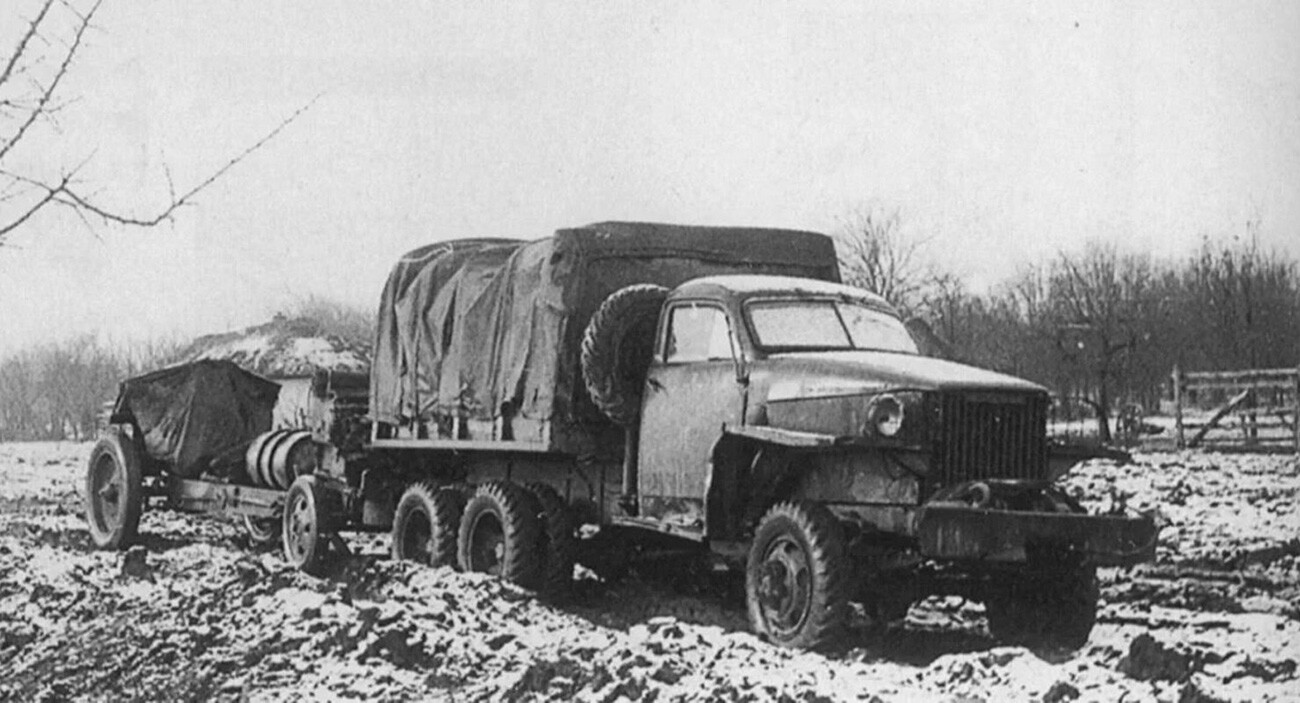
Studebaker truck.
Archive photoAmong the army vehicles that were delivered to the USSR were the Willys and the Dodge WC-51. The latter was initially intended for towing light field guns, but, in the Red Army, it was widely used by field engineers, signals operators, medics and reconnaissance crews. Because of their 3⁄4‑ton payload capacity, in Russia, they were known as the ‘Dodge Three-Quarters’.
The Soviet Armed Forces received over twice as many Willys as Dodges – 52,000, compared with 25,000. They could tow a 45-mm anti-tank gun and, thanks to their good turn of speed (105 kph), maneuverability and compact size, which made them easy to conceal, they were very popular with command personnel and reconnaissance teams.
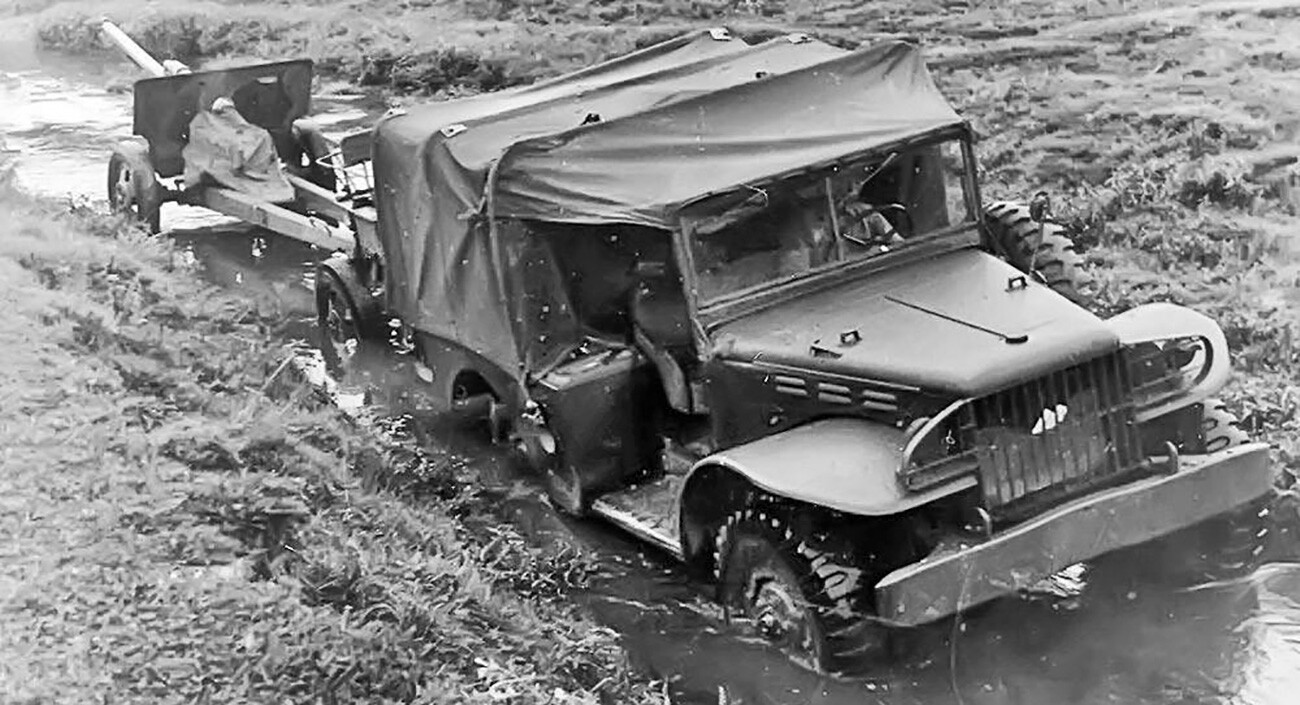
Dodge WC-51 truck.
Archive photoIn the war years, the USSR received more than 3,000 Ford GPA amphibious vehicles developed from the standard Willys. Soviet troops found them very useful for assault crossings of numerous water barriers in Eastern Europe, particularly since there were practically no military vehicles of this type in the Red Army.
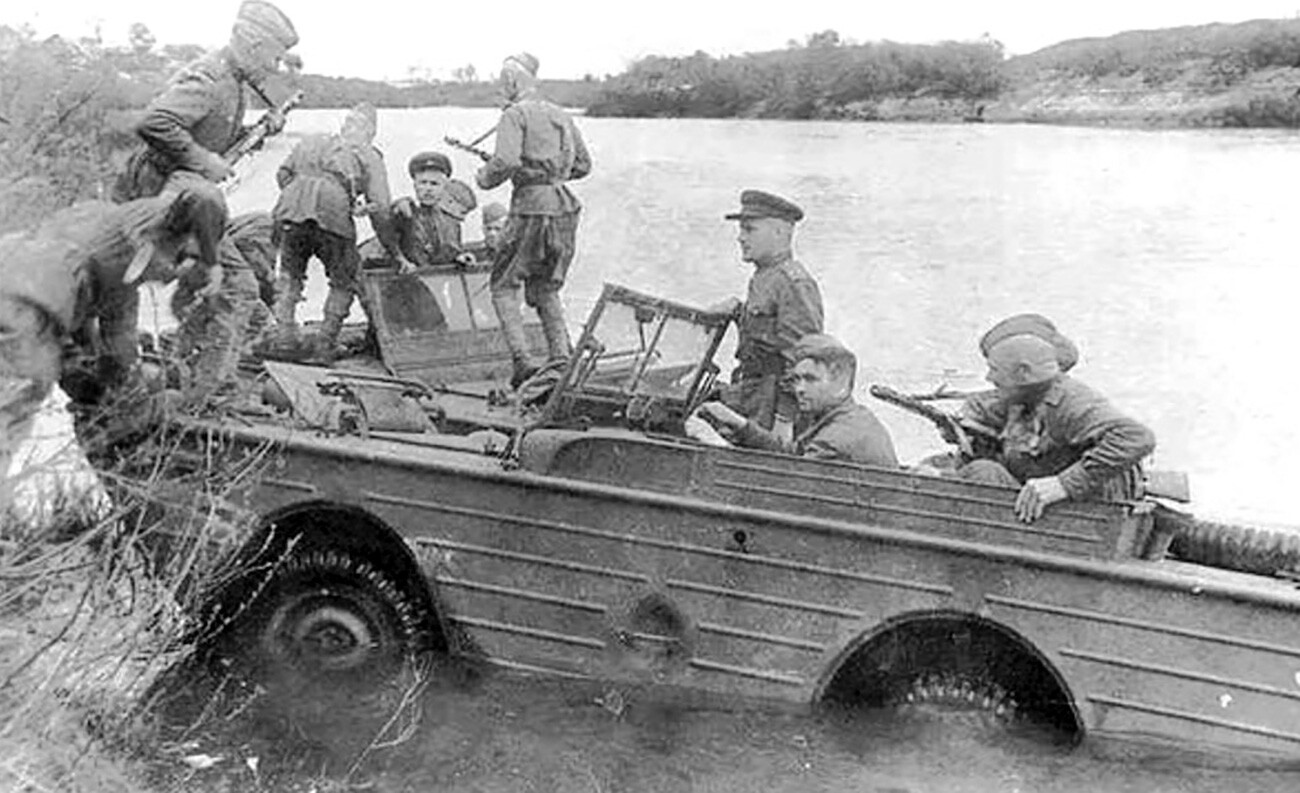
Ford GPA amphibious vehicle.
Archive photoAfter the end of the war, the majority of the Western vehicles were returned to the U.S. under the terms of the Lend-Lease agreement. However, a certain proportion of the Dodges and Studebakers stayed in the USSR. They were in use in the Soviet army until the end of the 1940s and considered part of the country's national economy until the mid-1960s.
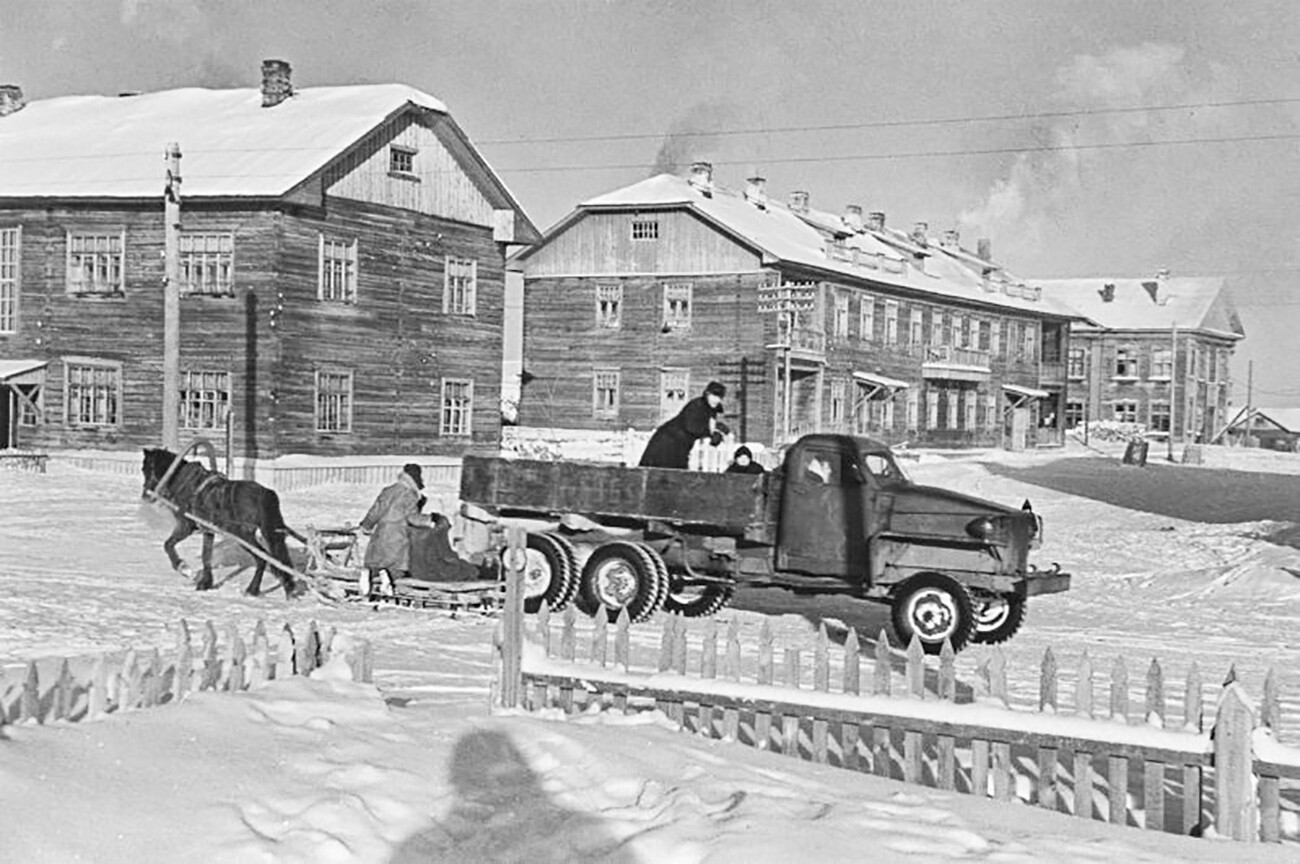
Studebaker truck in the postwar years.
Archive photoIf using any of Russia Beyond's content, partly or in full, always provide an active hyperlink to the original material.
Subscribe
to our newsletter!
Get the week's best stories straight to your inbox